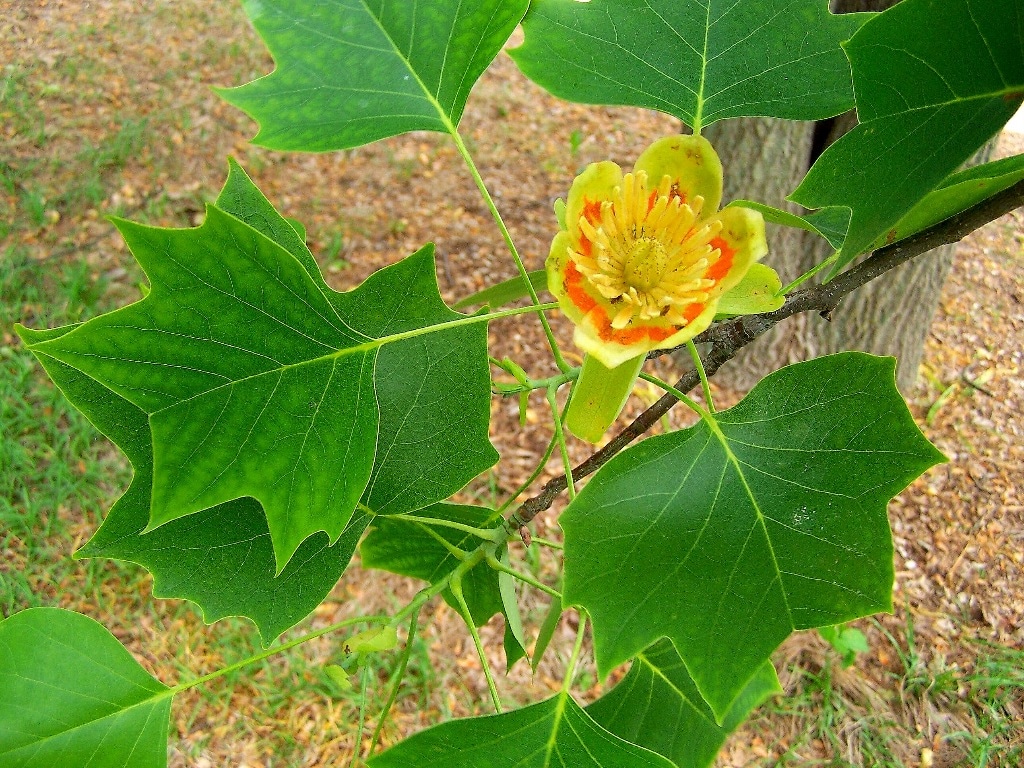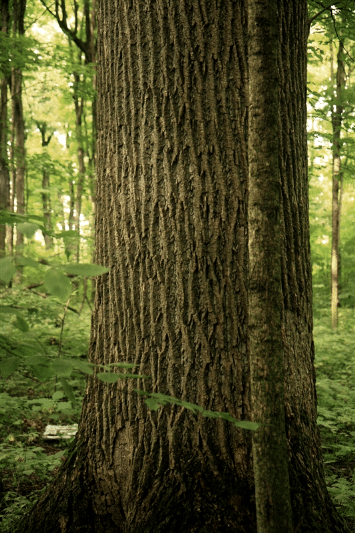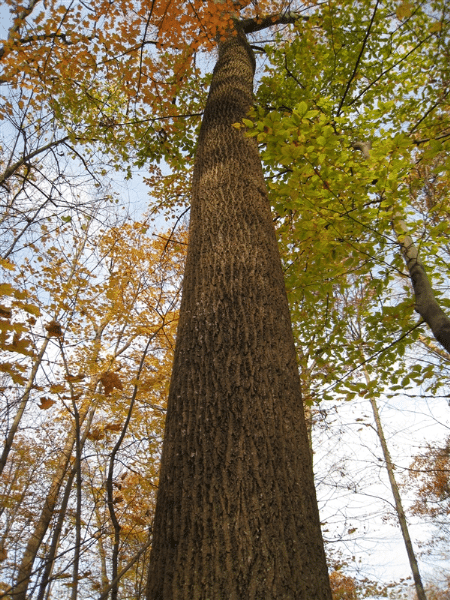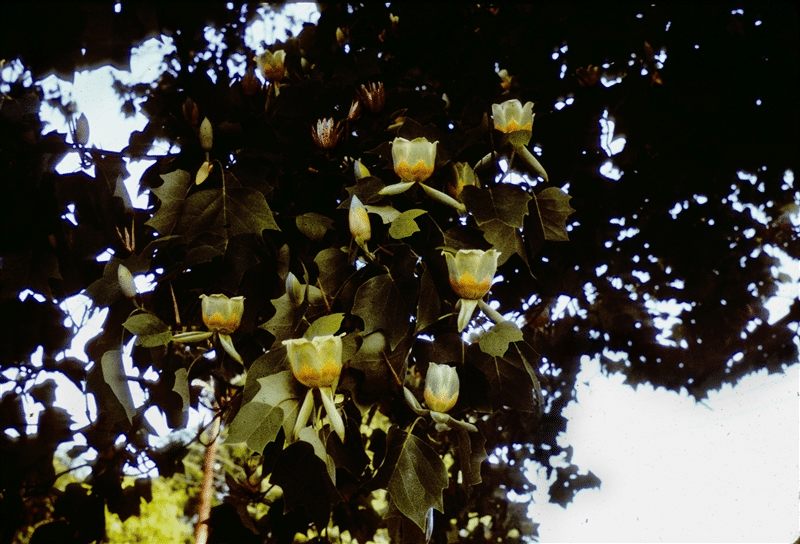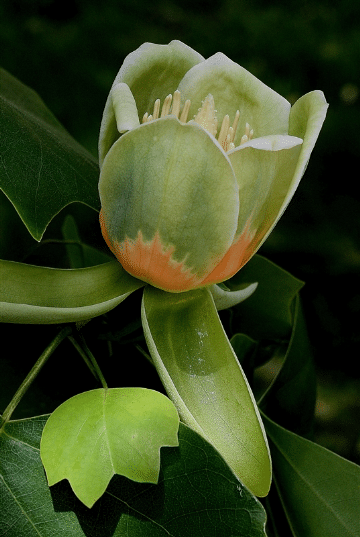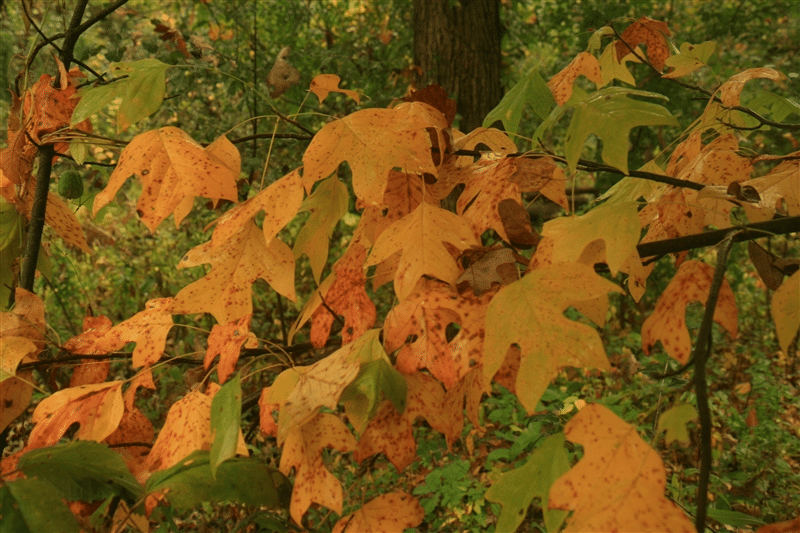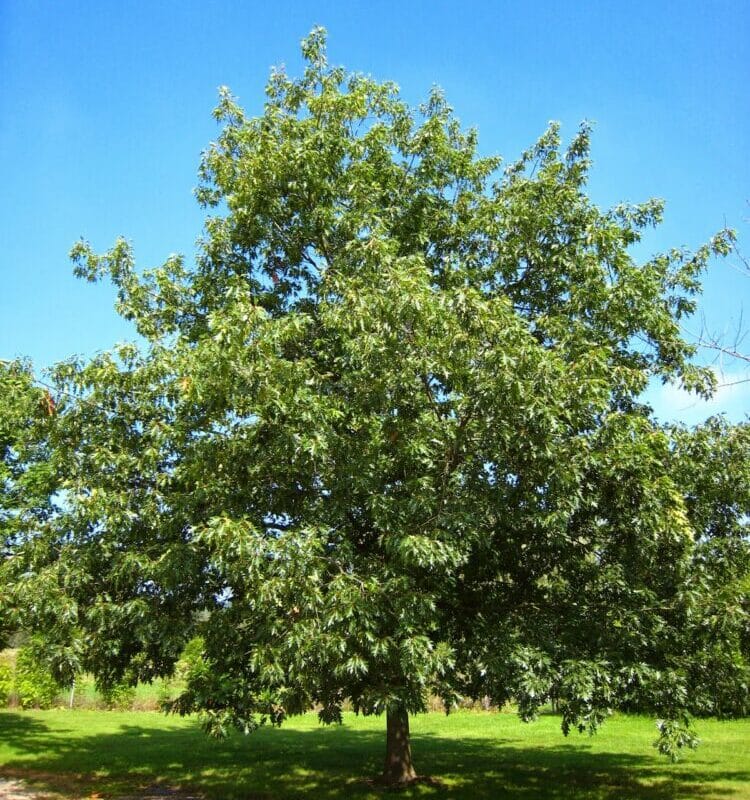Description
The tulip-tree is one of the largest native trees in North America. It is a member of the magnolia family and has distinct tulip-shaped characteristic in its leaves, flowers, and fruit. The showy, goblet-shaped, orange-yellow-green flowers appear in late spring after the leaves; the cone-like seed clusters sit upright on the branches.
The Tulip Poplar (aka, Tulip Tree) is actually not a poplar, but a member of the magnolia family with unusual leaves and attractive flowers. The leaves are tulip-shaped, alternate, and simple. The flowers are showy tulip-shaped flowers that open in Spring and 1-3” fruits in the fall, with yellow fall leaves. It makes a desirable street, shade, or ornamental tree but the large size it attains makes it unsuited for many sites.
It is a native species of Michigan and should be planted where there is a lot of room for roots. This species has some wildlife value. The fruits provide food for squirrels in the late fall and winter months, and the white-tailed deer often browse on the twigs. Tulip poplar is planted for reforestation purposes because of its rapid growth and it’s resistance to insect and disease damage. Tulip poplar and white pine are the largest trees in the eastern forest.
Contributed by: Allegan Conservation District
Click here for more information from USDA-NRCS.
